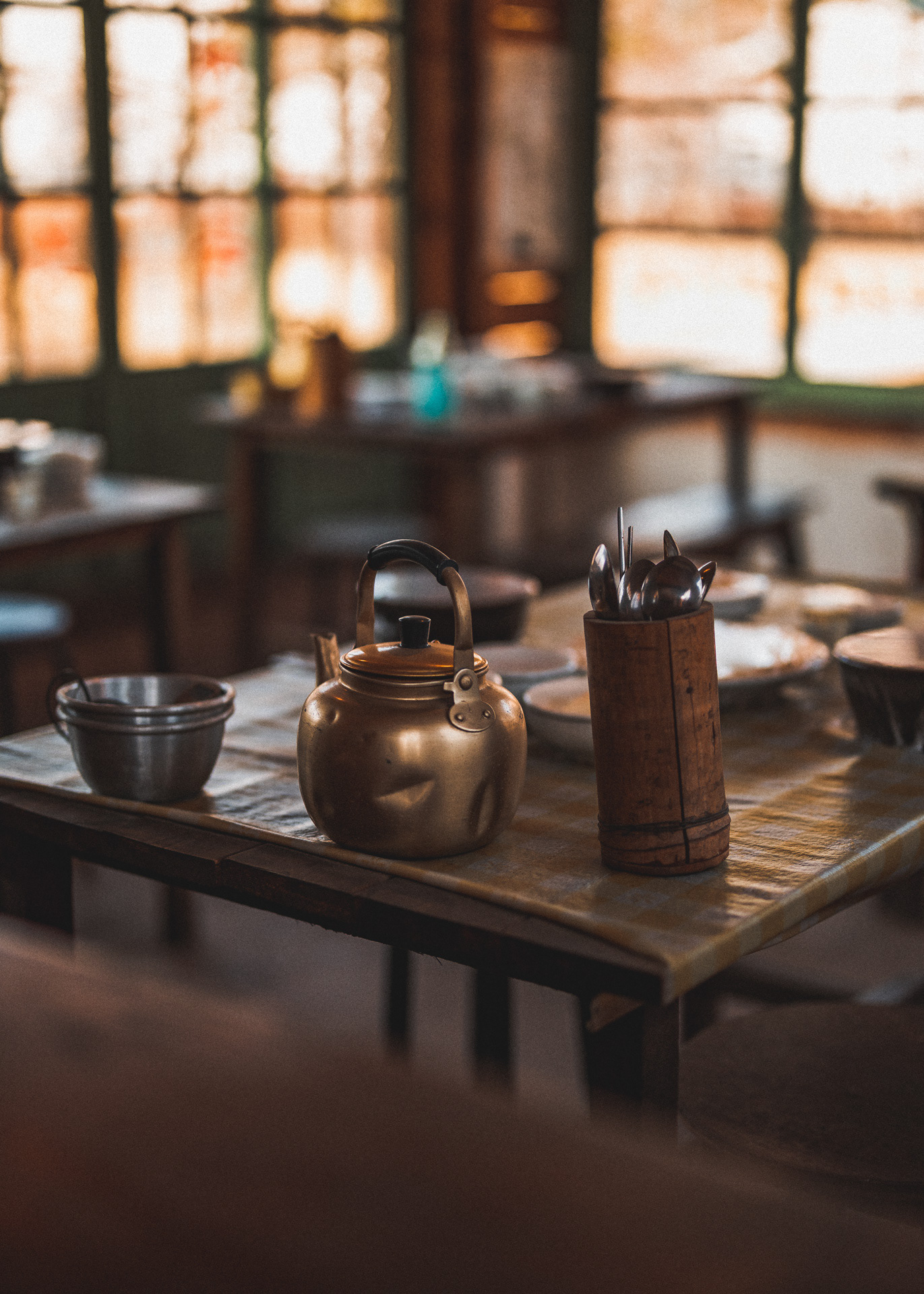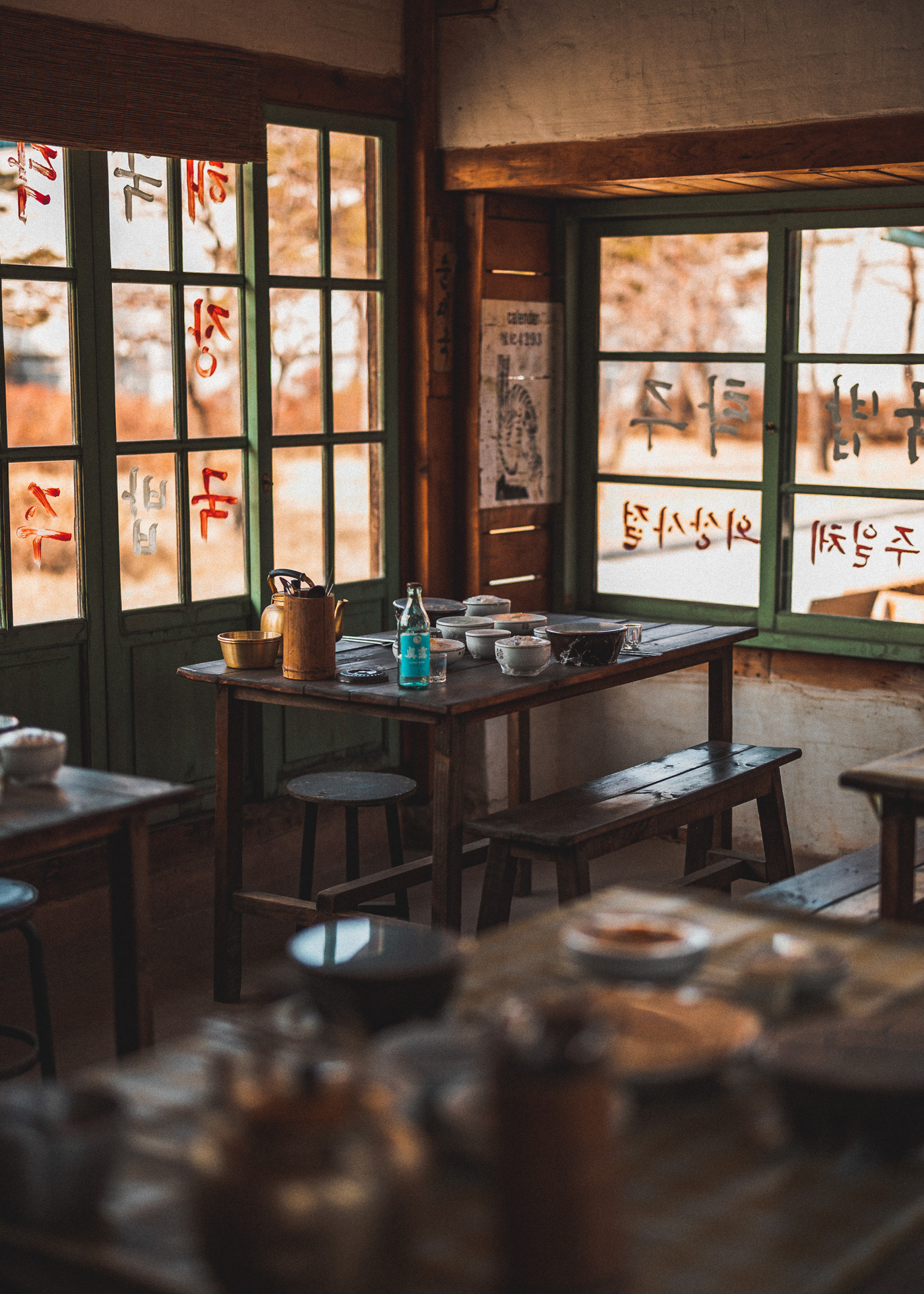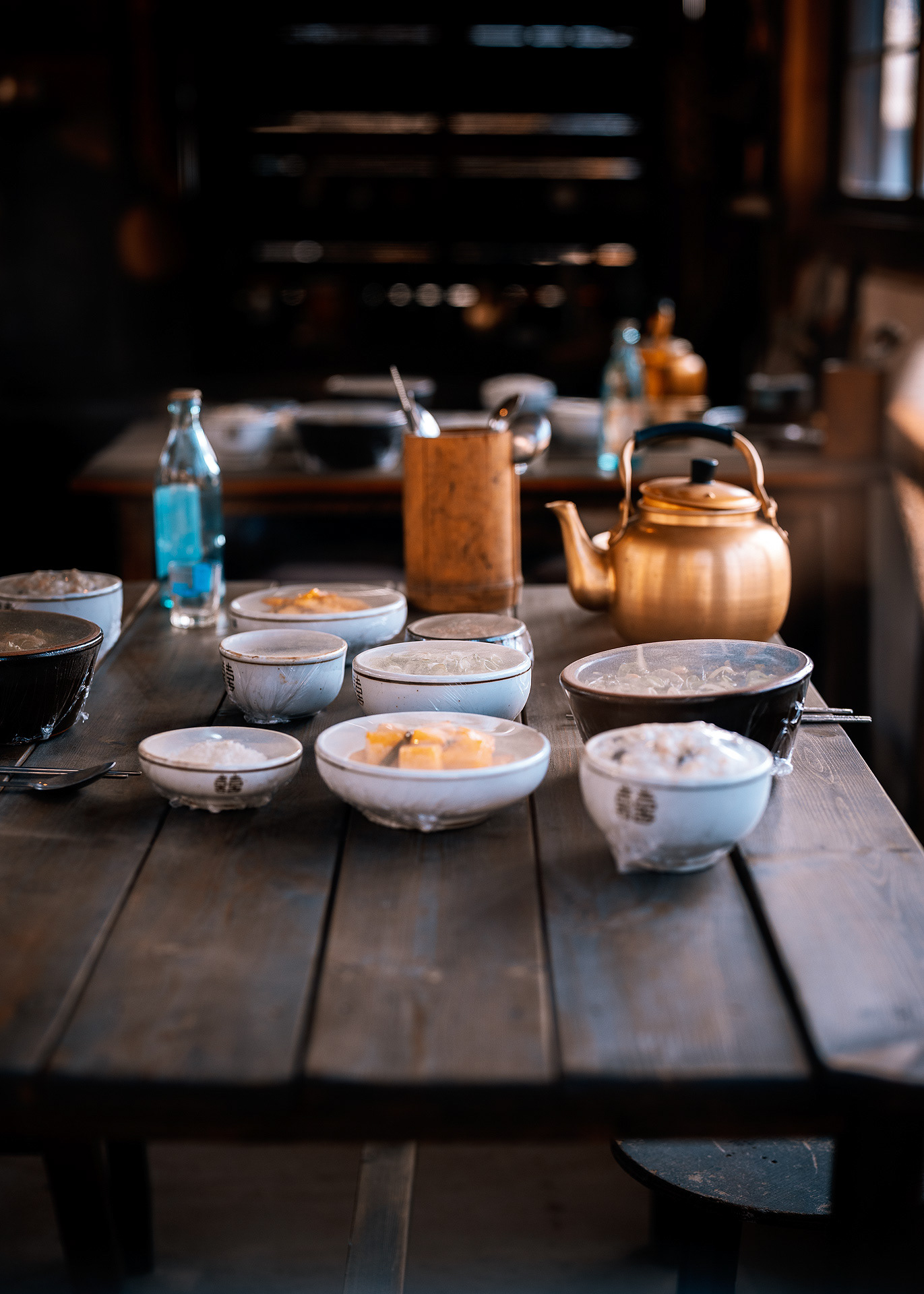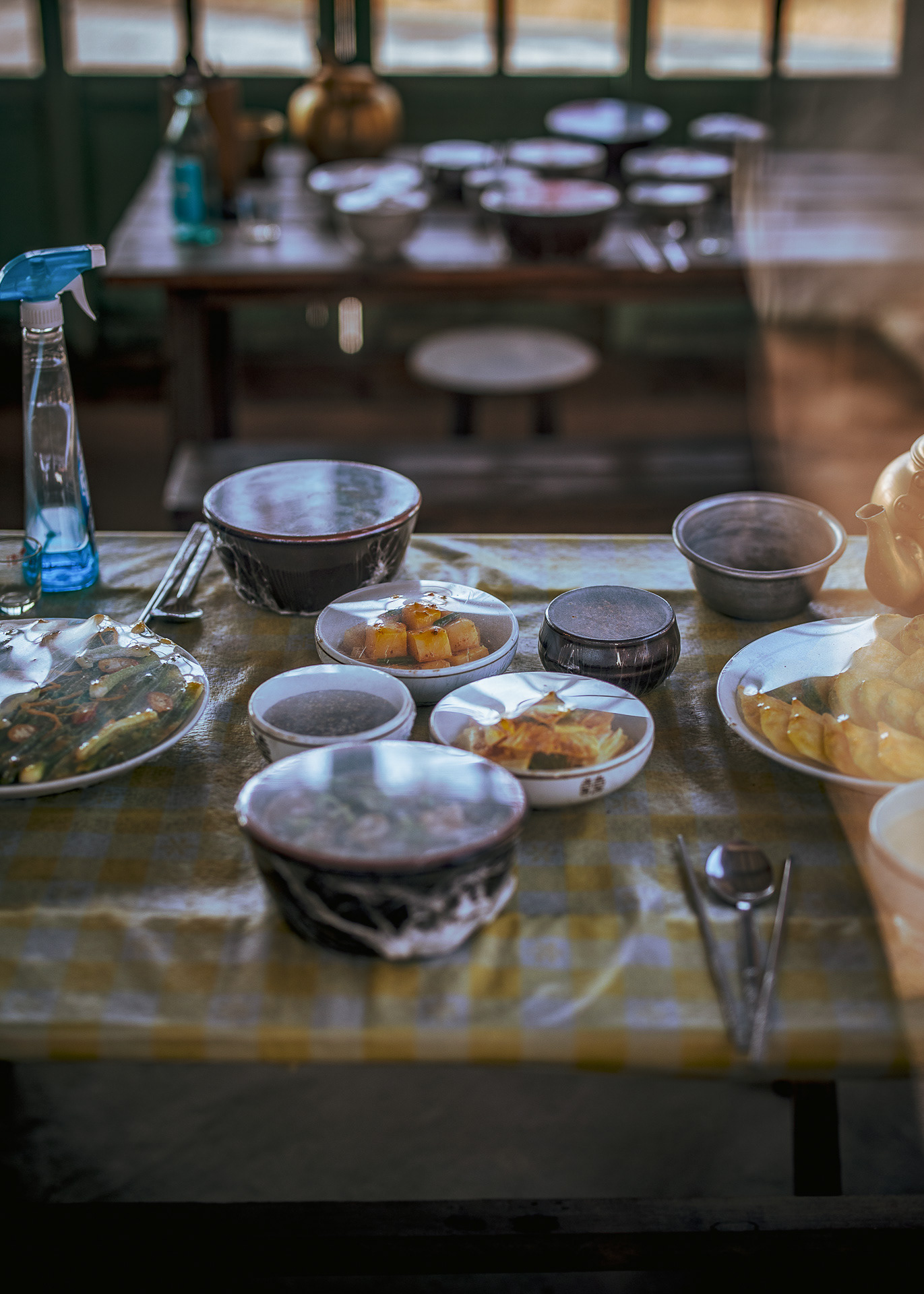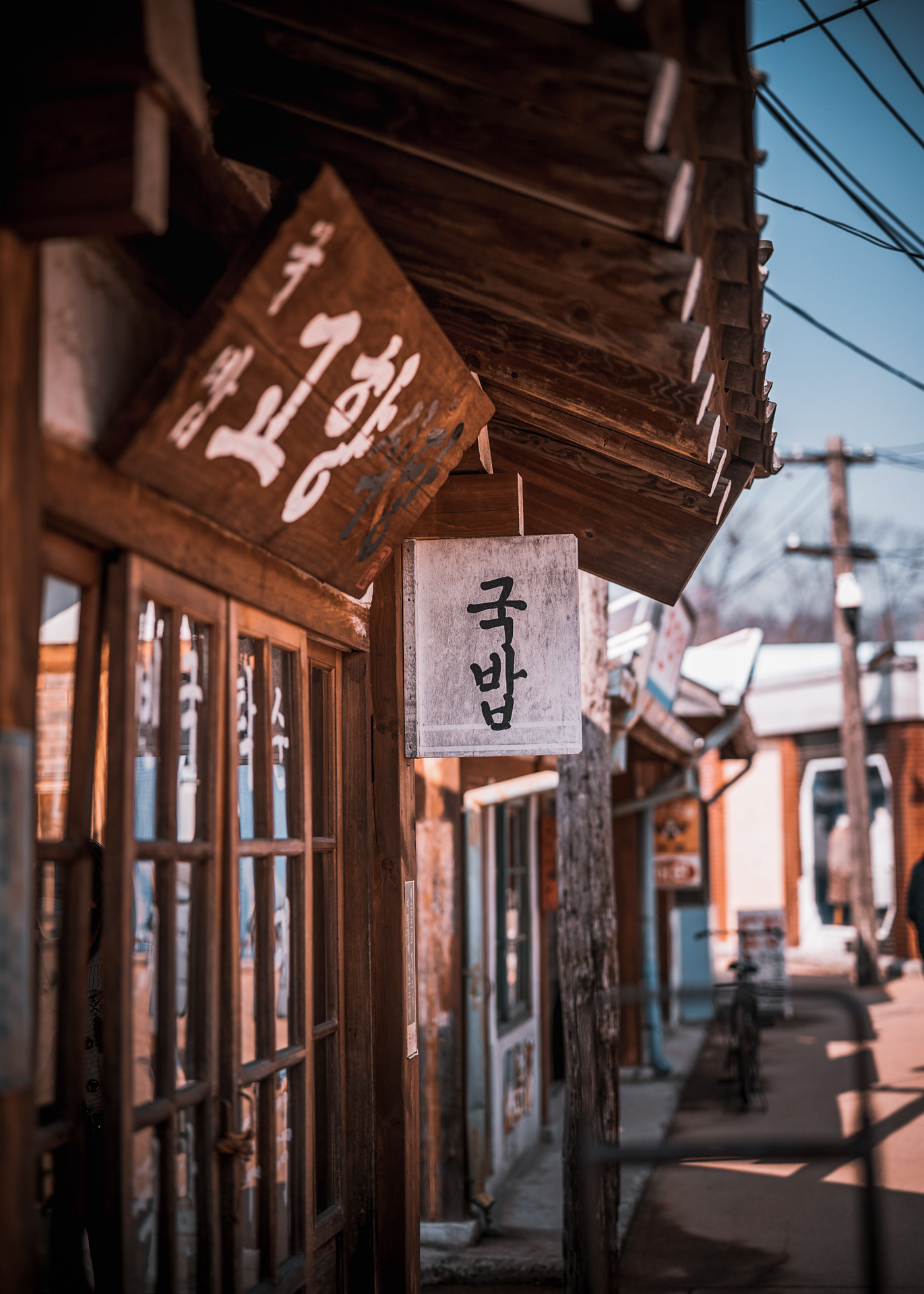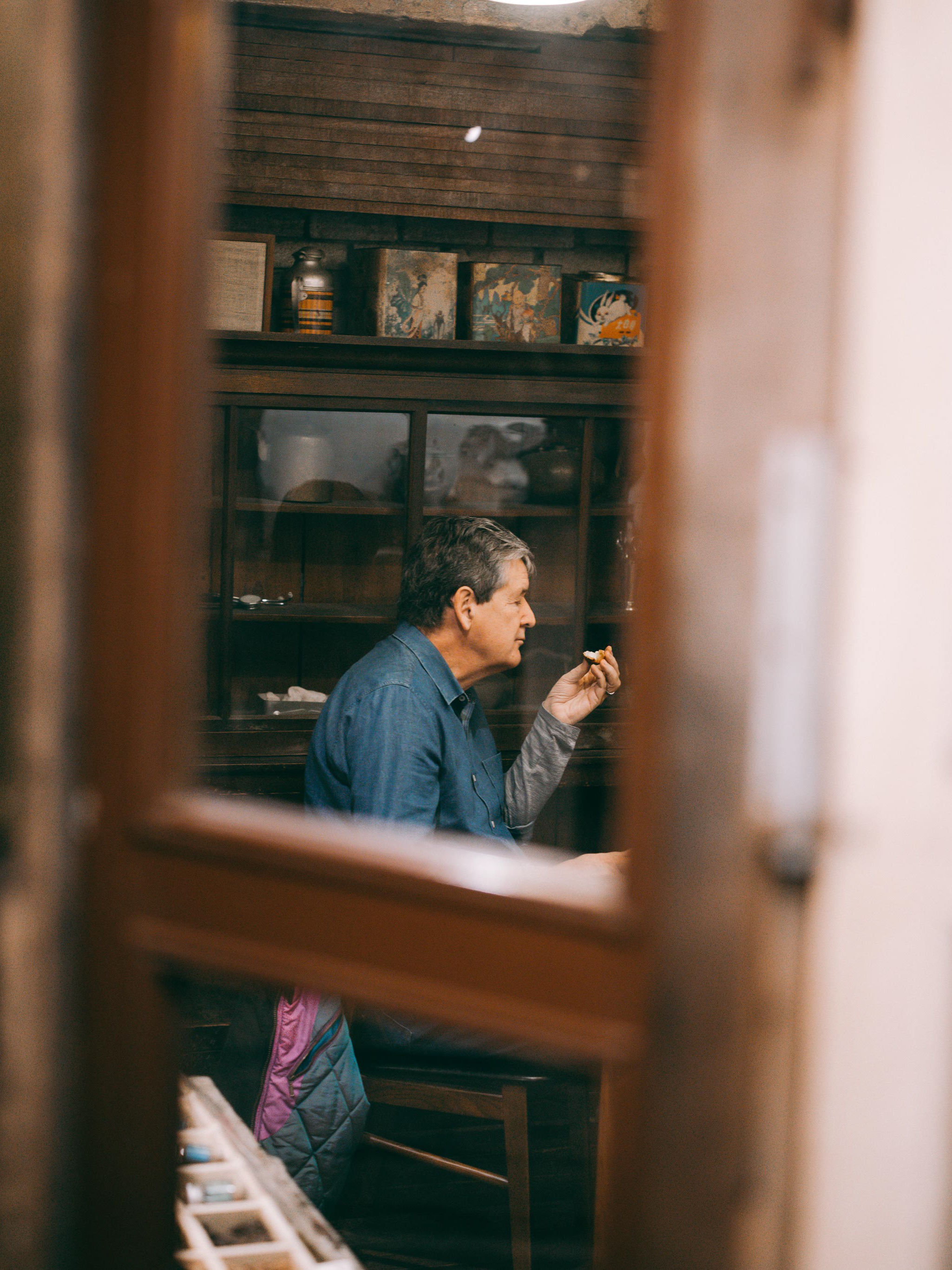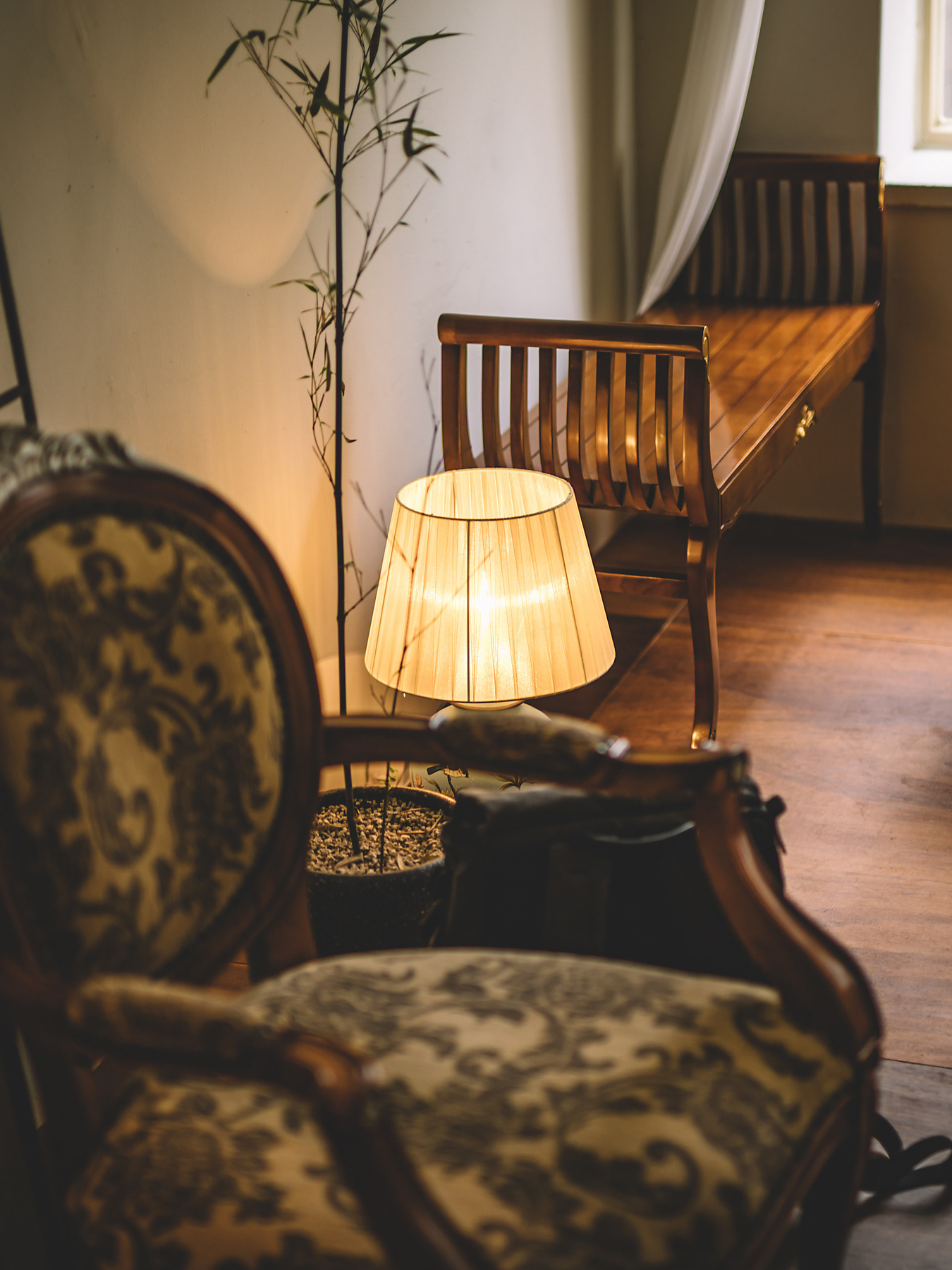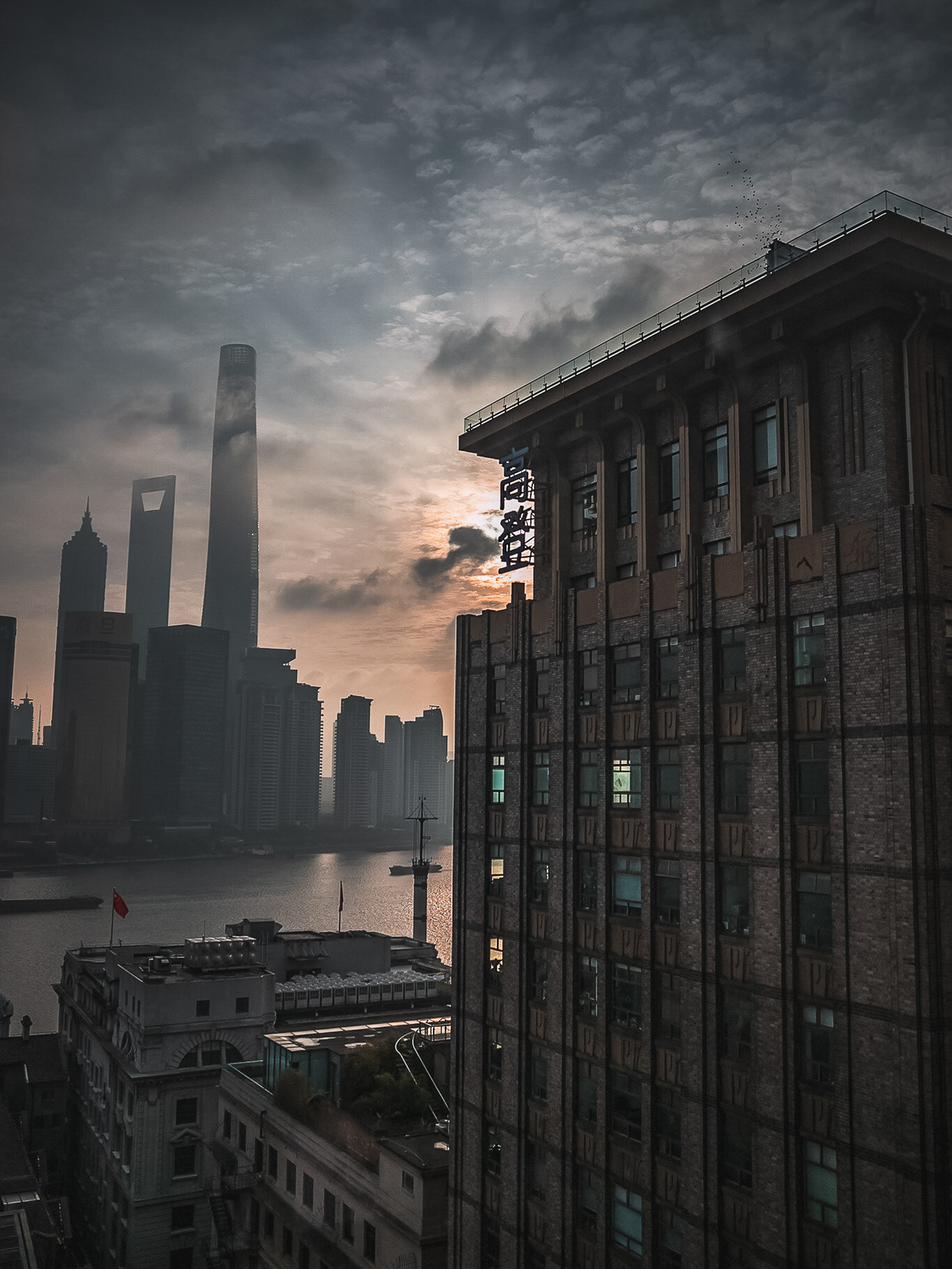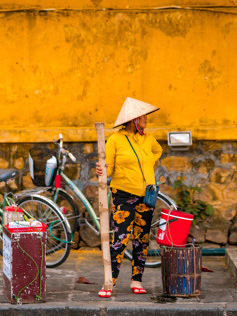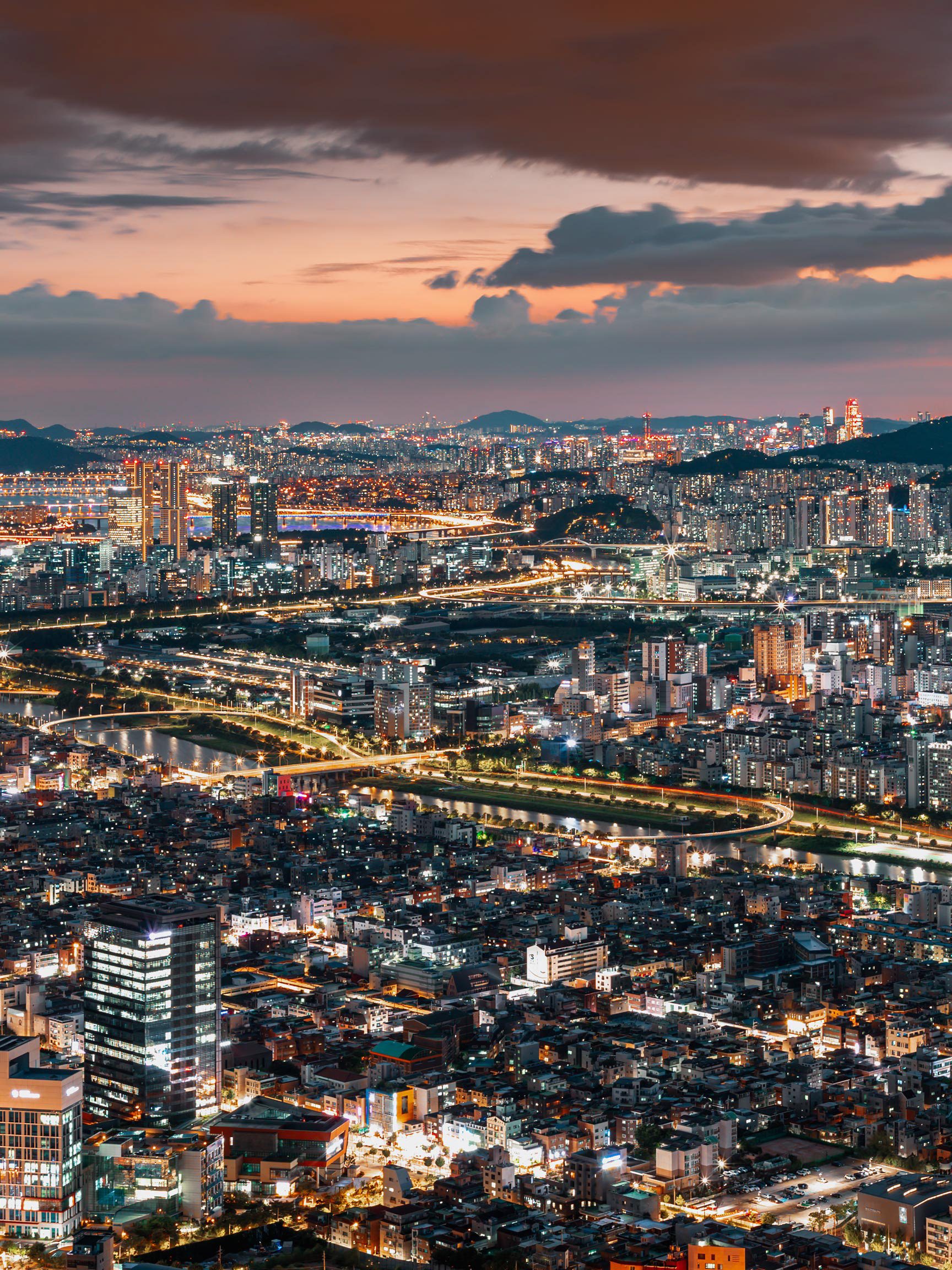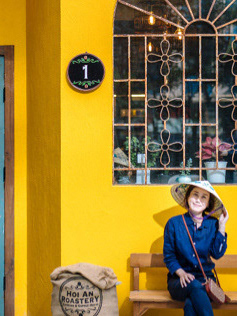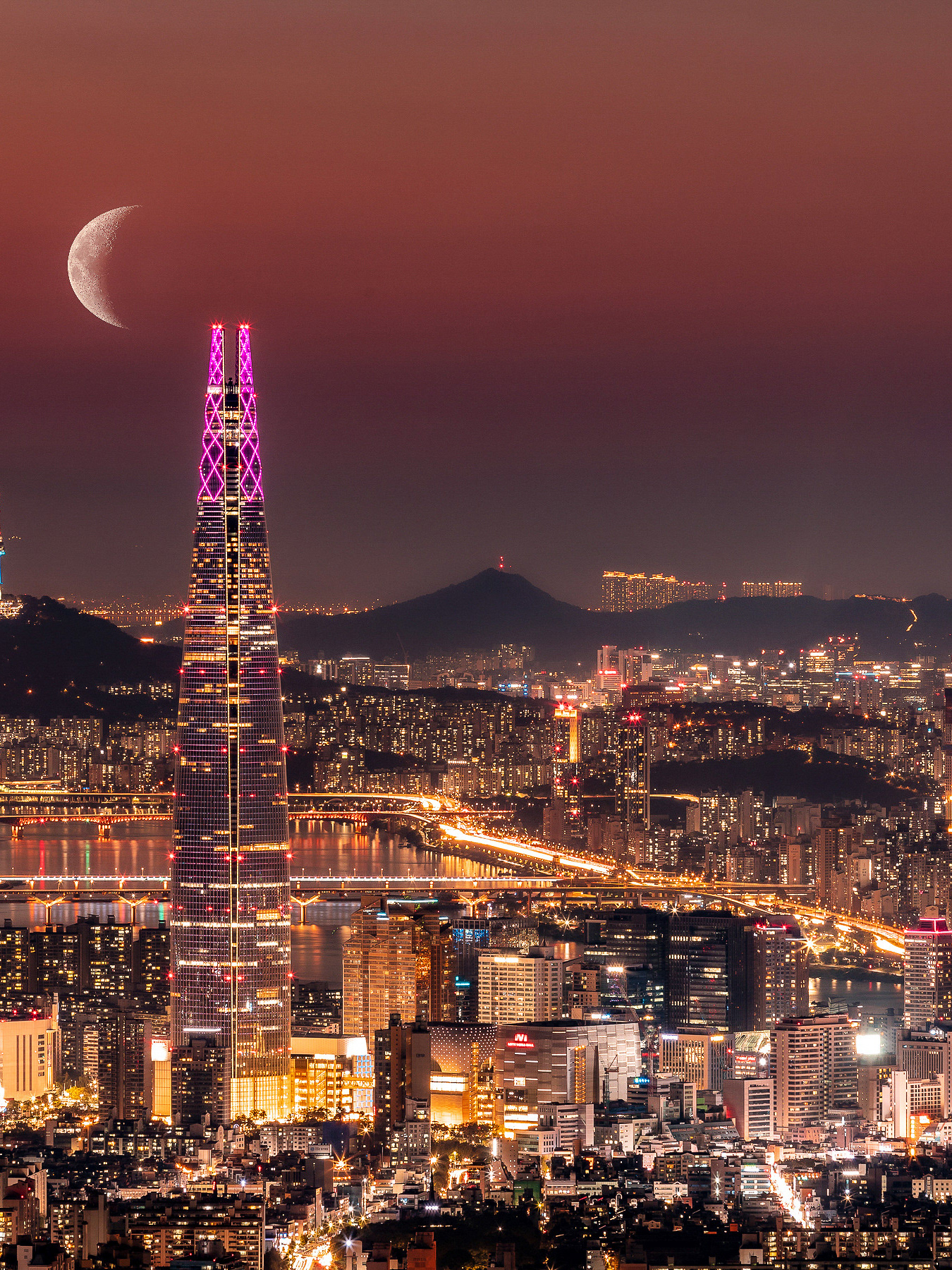The history of this museum is the origin of the Joseon Folk Art Museum, founded in 1924 by Japanese folklore scholar Yanagi Muneyoshi. However, the actual starting year of the museum is 1946, which is regarded as the National Museum of the Peoples, which opened during the U.S. Military Government period. After that, in 1950, the National Folk Museum was absorbed into the National Museum and became a Namsan annex, but in 1966 it was divided into the Korean Folk Museum. It is said to be in charge. Afterwards, it was changed to the Korean Folk Museum in 1975.
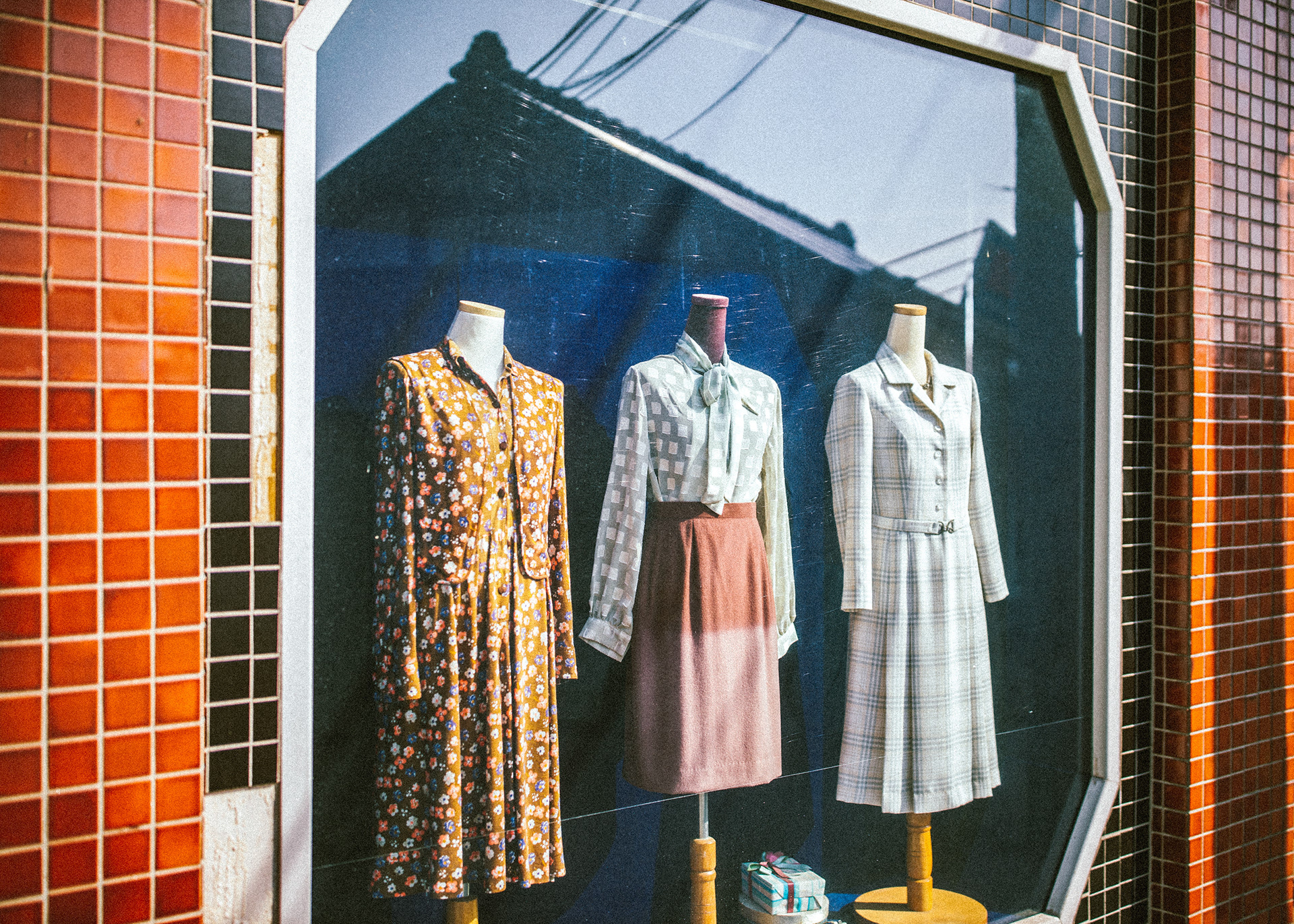

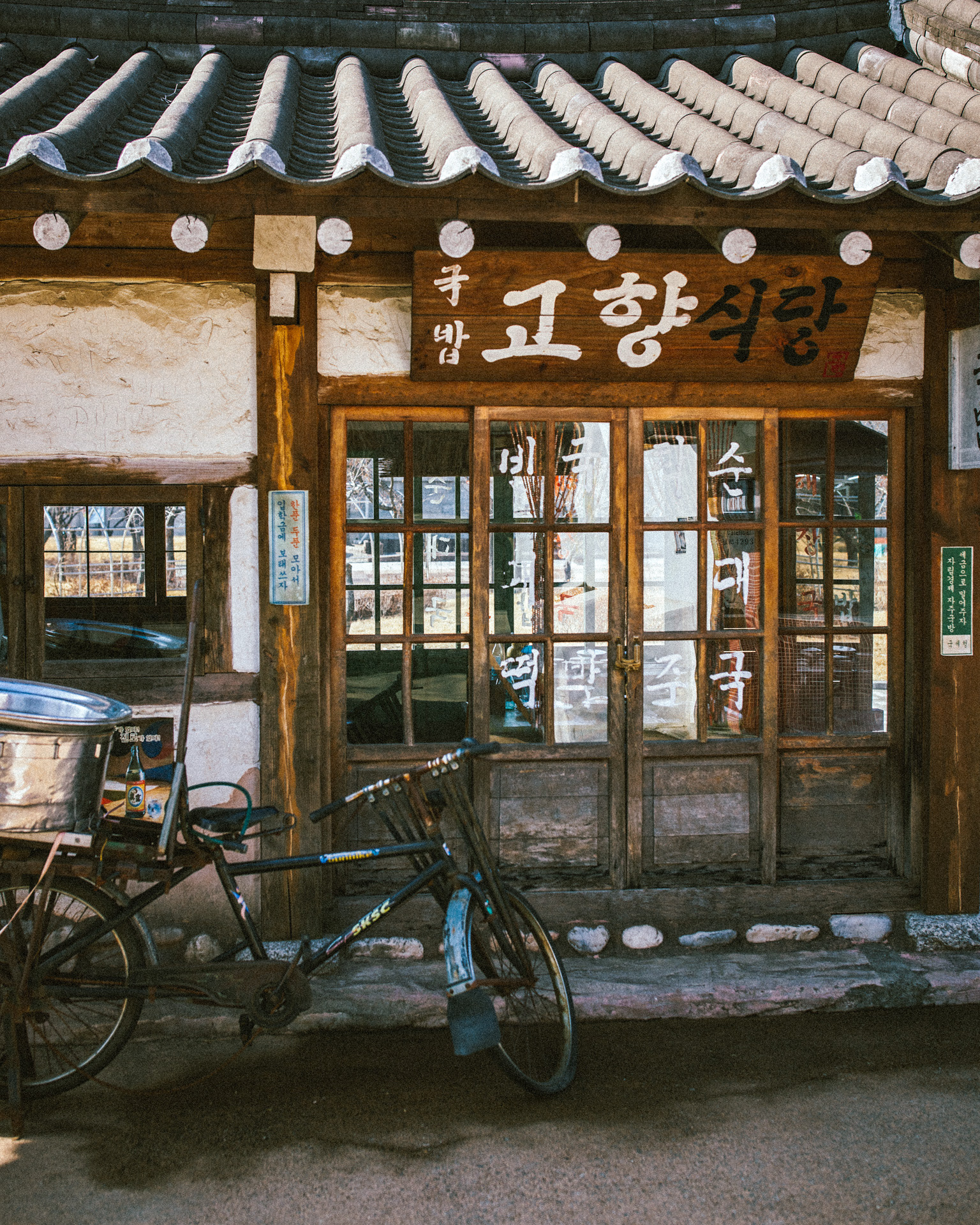
The exterior of the current museum building is designed by combining representative cultural assets of Korea. The stairs of the building are Cheongun-gyo and Baegun-gyo (National Treasure No. 23) in Bulguksa Temple, the upper five-story building is Palsangjeon of Beopjusa Temple (National Treasure No. 55), the plane above the railing and the attached building are Gakhwangjeon Hall of Hwaeomsa Temple (National Treasure No. The part and side of the building are taken from Geumsansa Temple Mireukjeon (National Treasure No. 62), and the upper railing part is taken from Geunjeongjeon Hall (National Treasure No. 223). It's a word, and in fact, it's woven. Because of this, it shows a higher grotesque appearance than Geunjeongjeon, the main hall of Gyeongbokgung Palace. In 2013, it was also ranked 15th out of the 20th for the worst buildings since liberation.

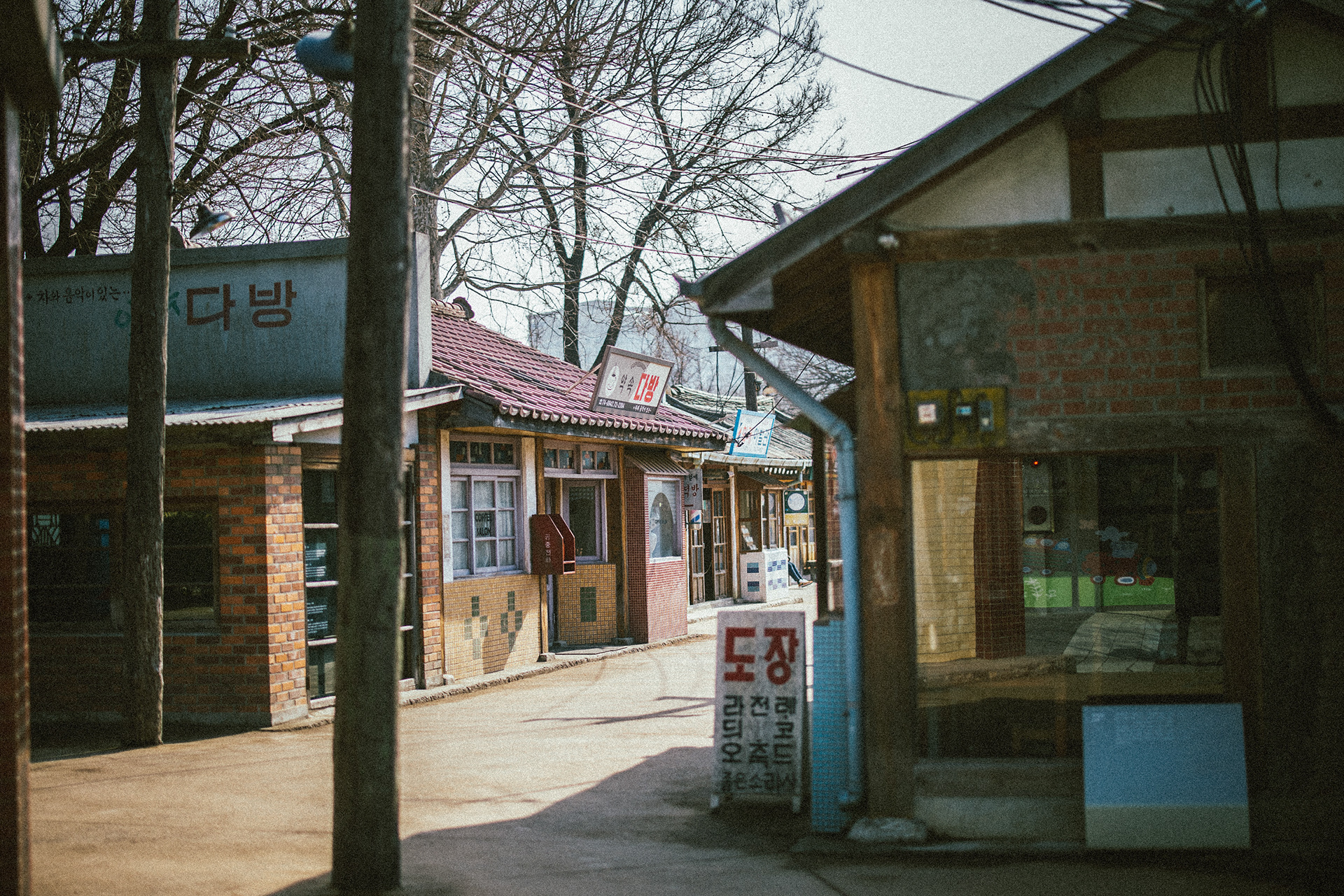
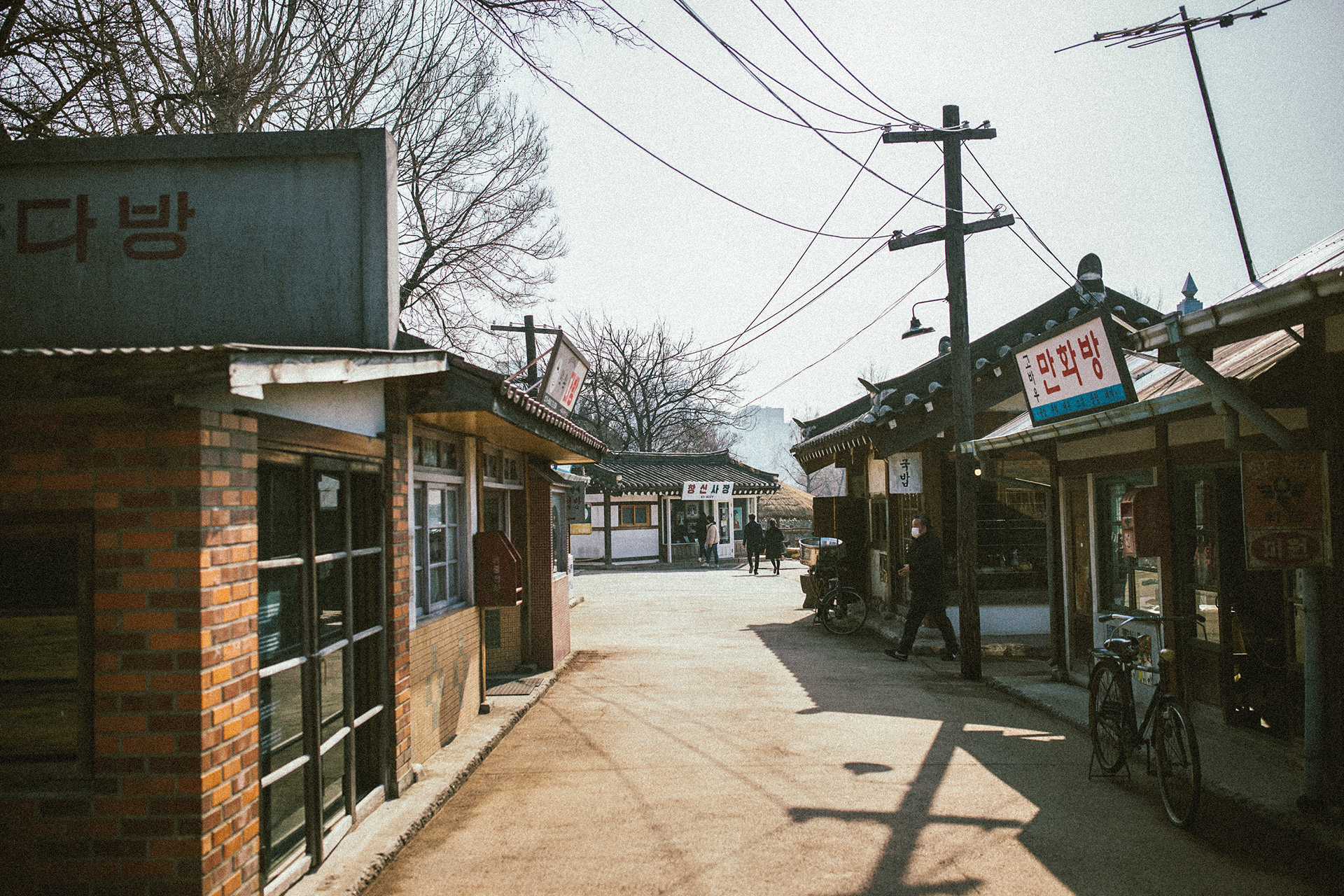
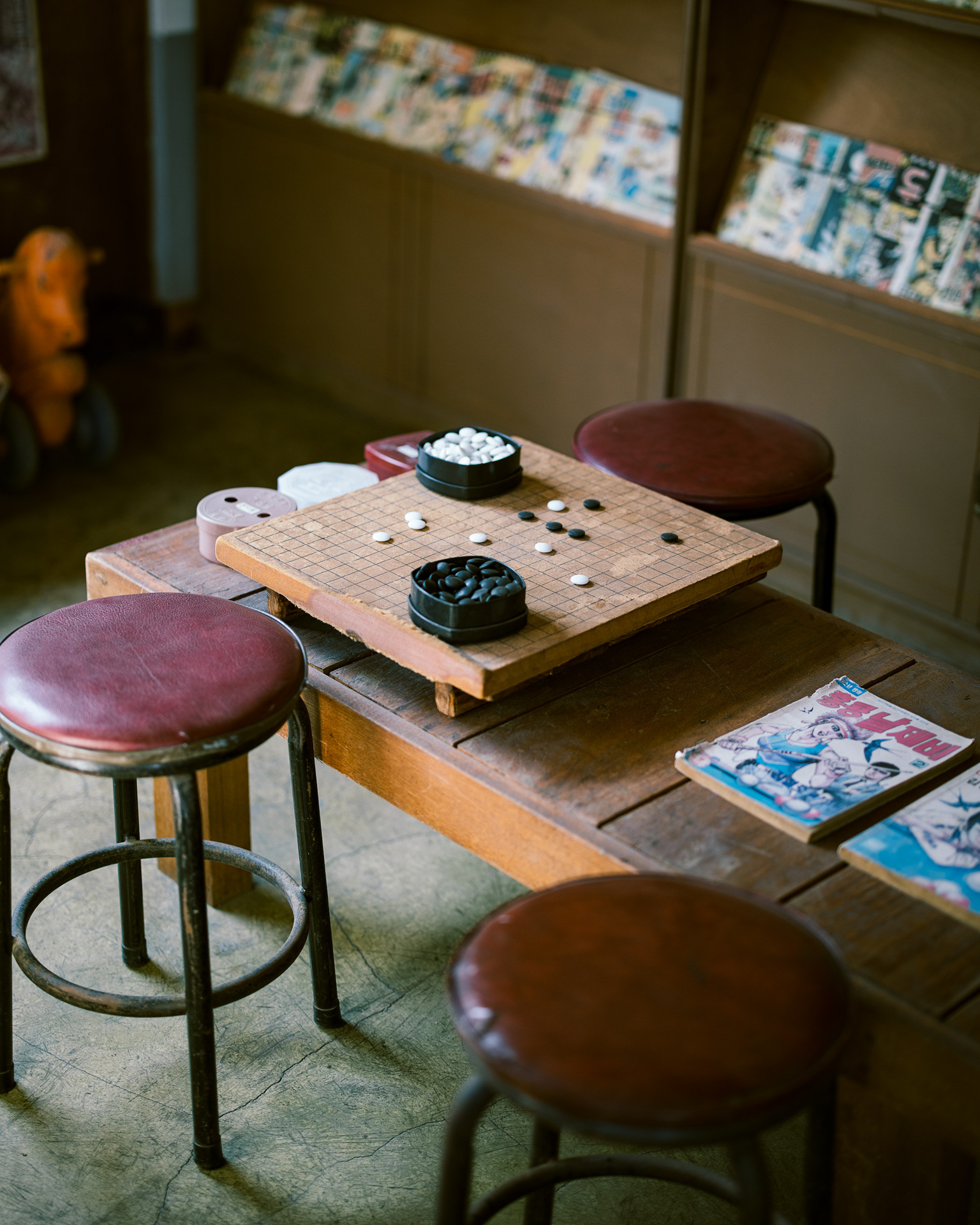
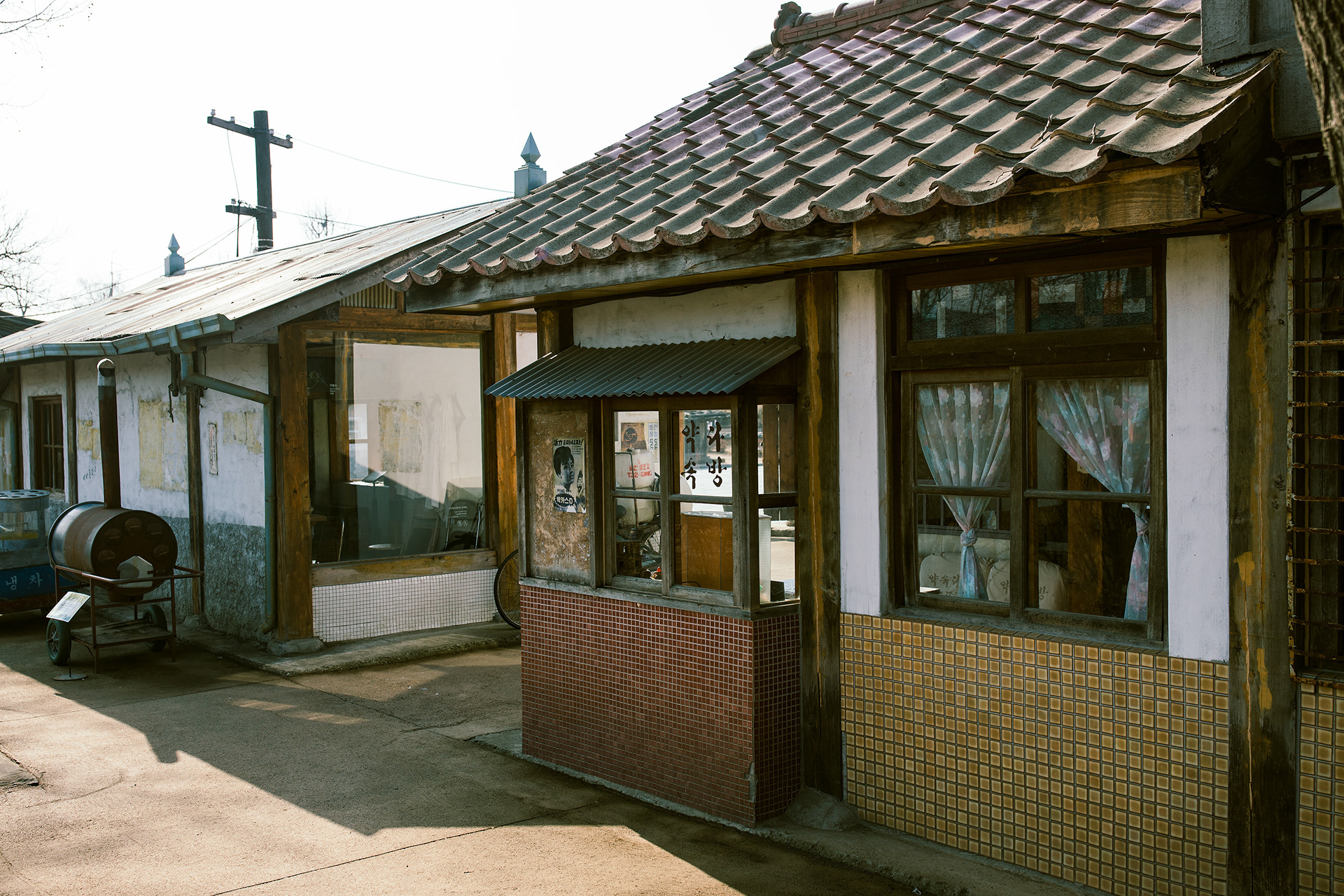
The secret story of the building's birth is as great as its grotesque appearance. In 1966, the Cultural Heritage Management Bureau stipulated in the design of the National Museum of Korea that "the building itself will imitate the appearance of a certain cultural property, so that the composition and texture will appear as it is, and the buildings may imitate the architecture of cultural properties in harmony." Naturally, these regulations caused tremendous controversy in the architectural world at the time. At the time, the architectural and cultural world strongly opposed that the creativity of architecture was ignored, and that simple imitation could distort the tradition rather than inherit it. At the time, major architects condemned the government's actions as cultural atrocities and rejected the design competition itself. Eventually, the design proposal of Kang Bong-jin was elected out of about 10 submitted designs. In terms of design and aesthetics, even a building that has not been constructed and tiled, such as the French Embassy built by Kim Joong-up, can inherit the beauty of traditional Korean architecture, which is a direction for further development. However, these considerations were not made in the context of the times when the emphasis was placed on quickening.
